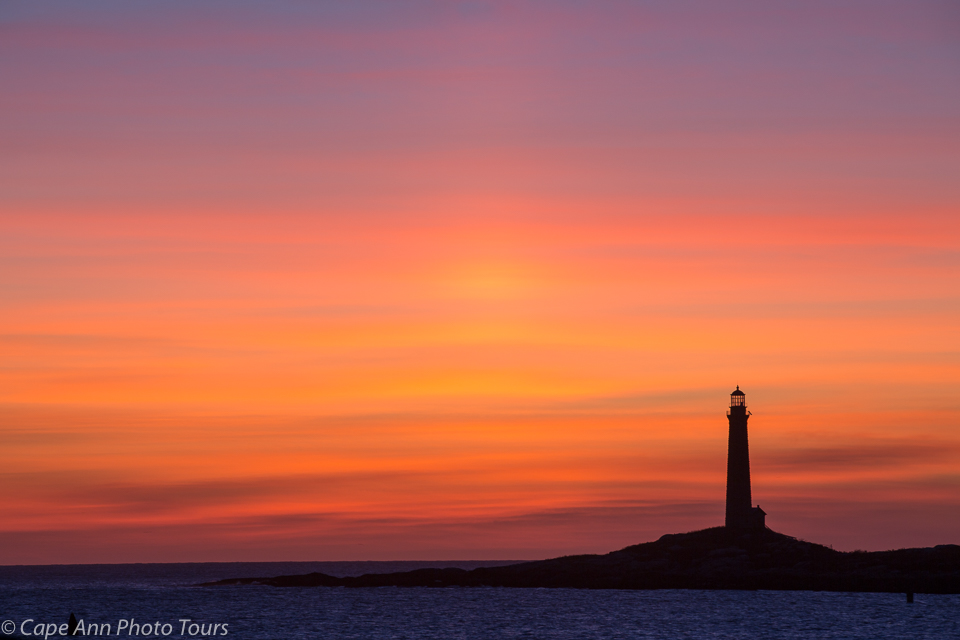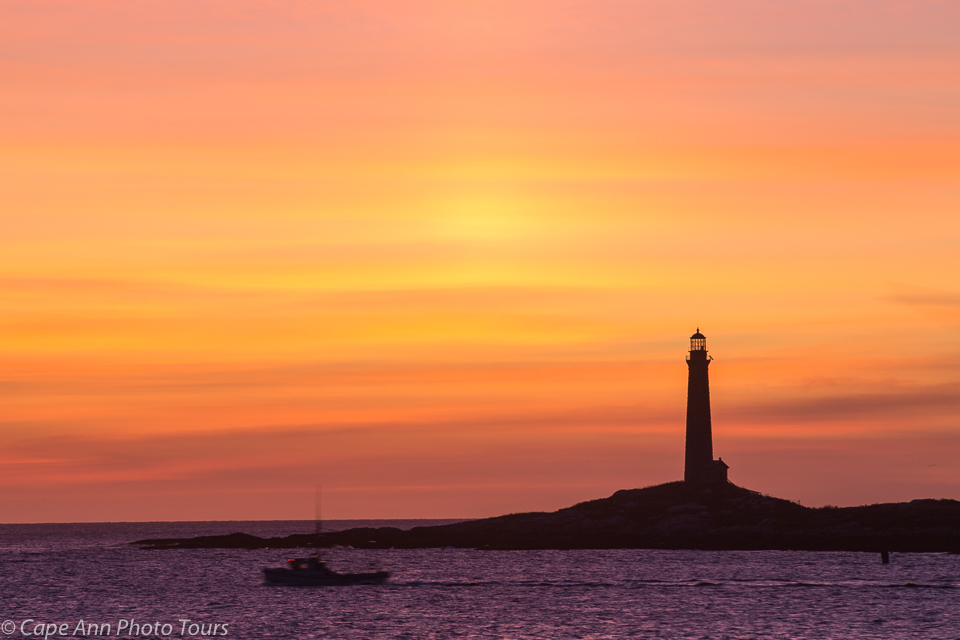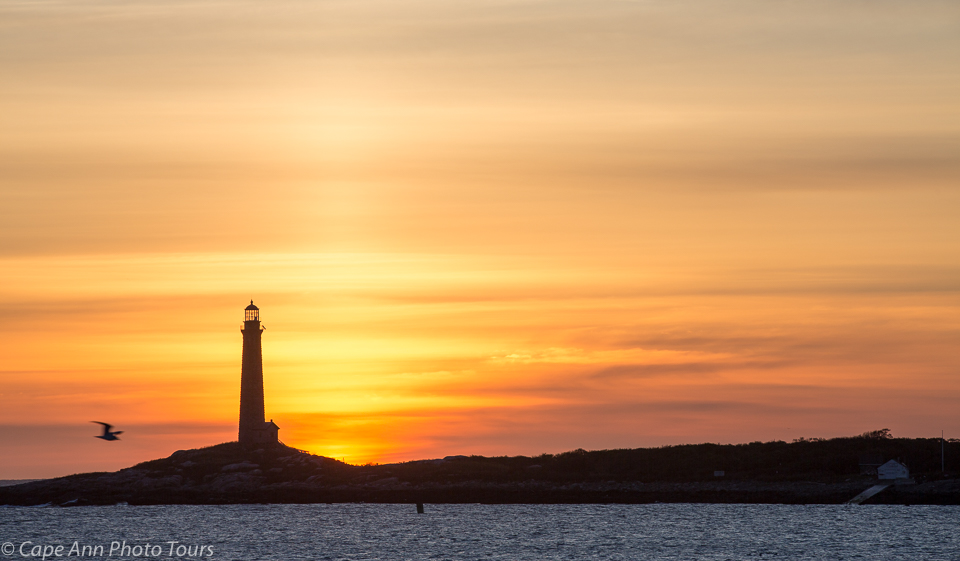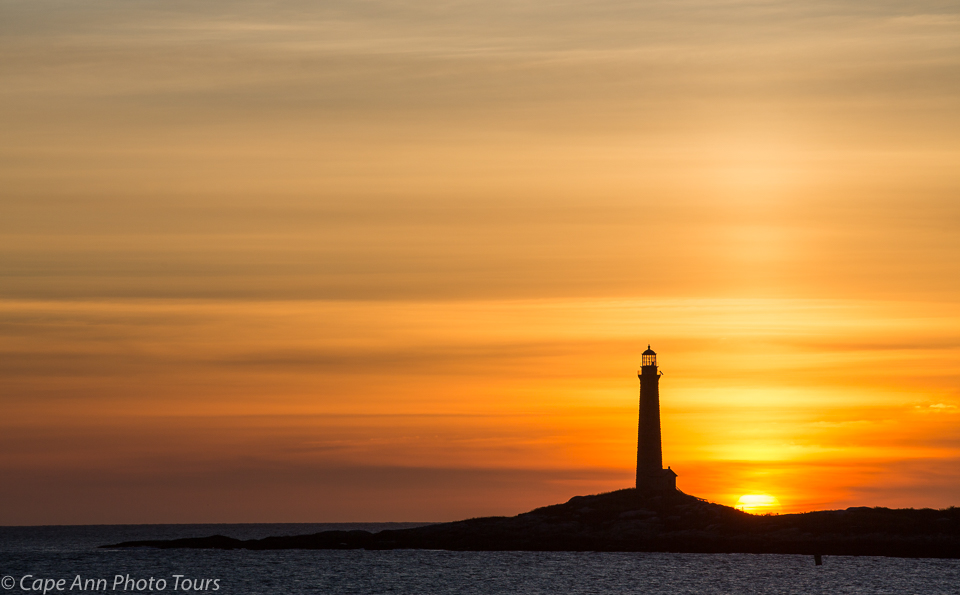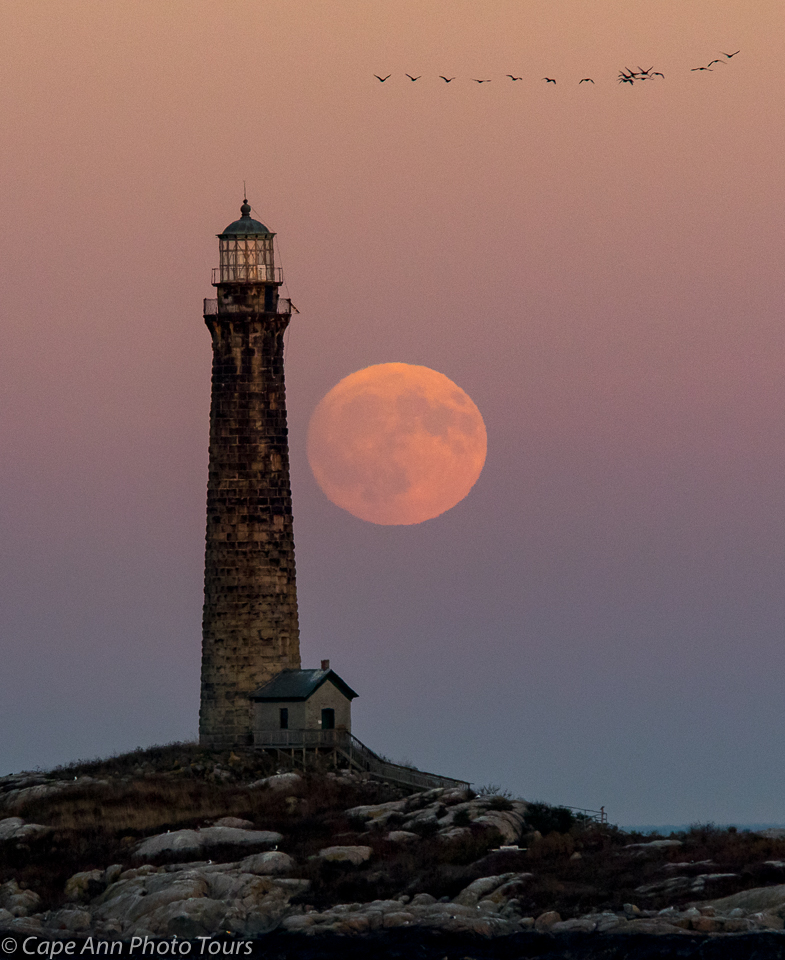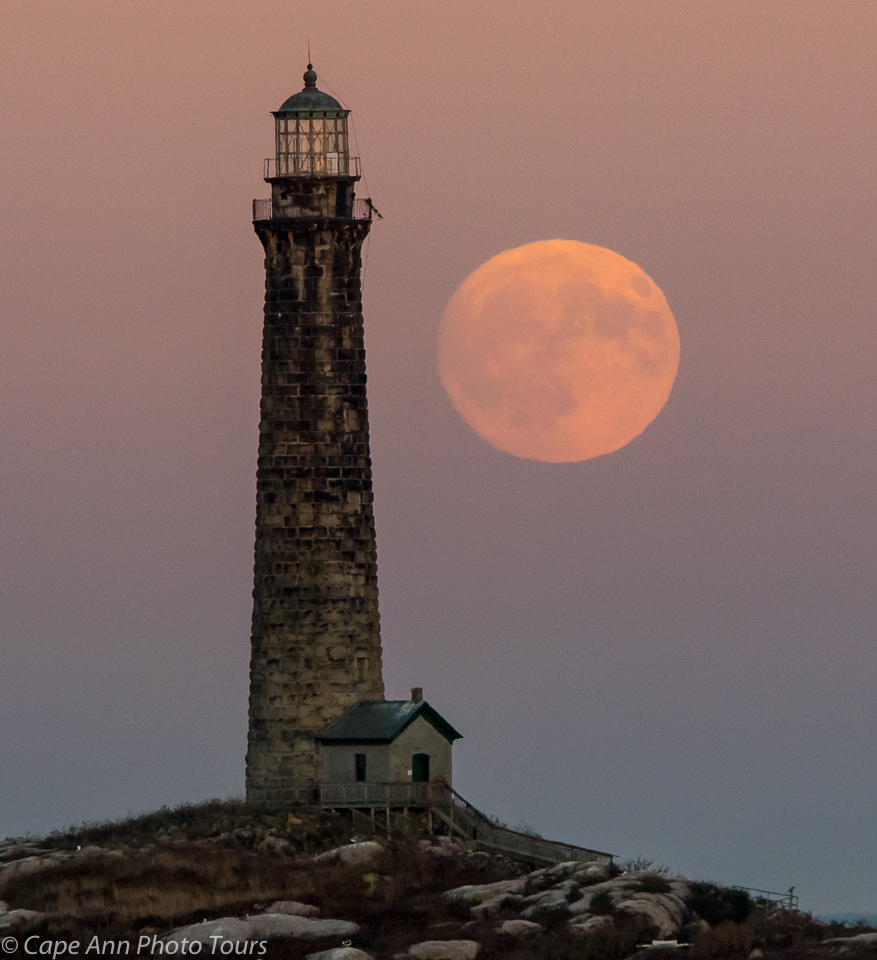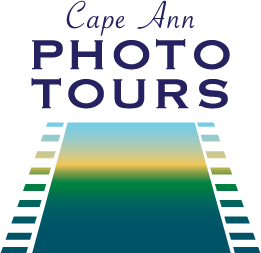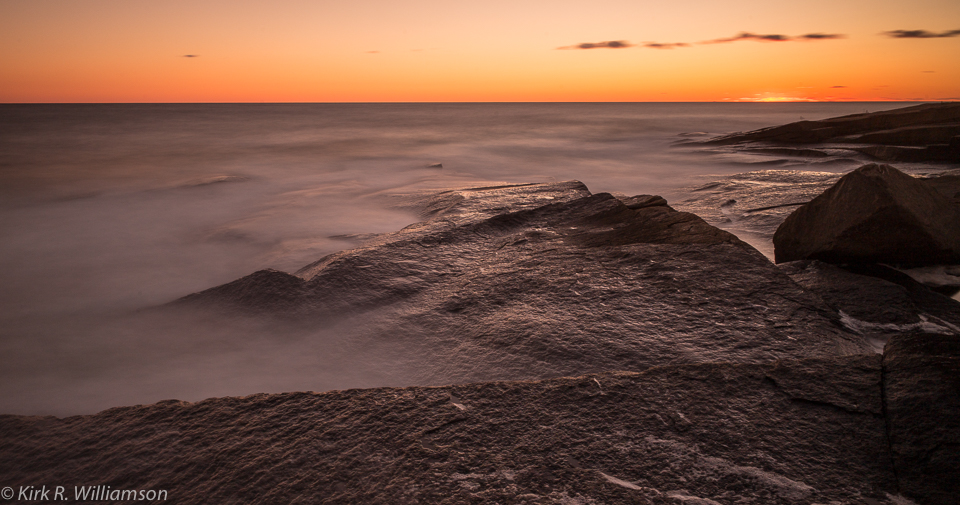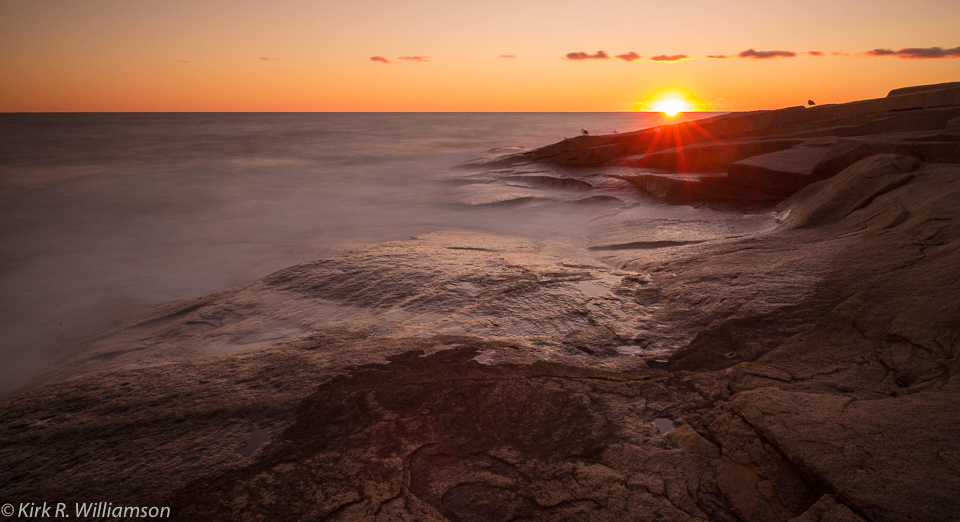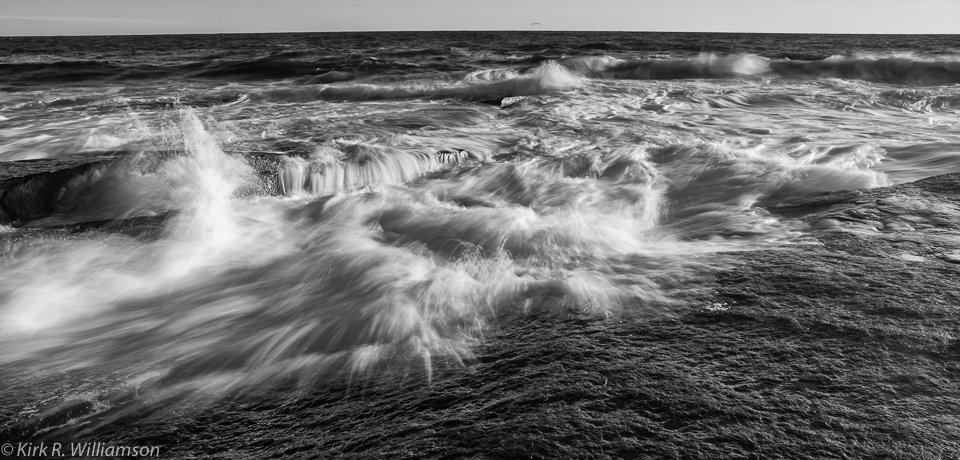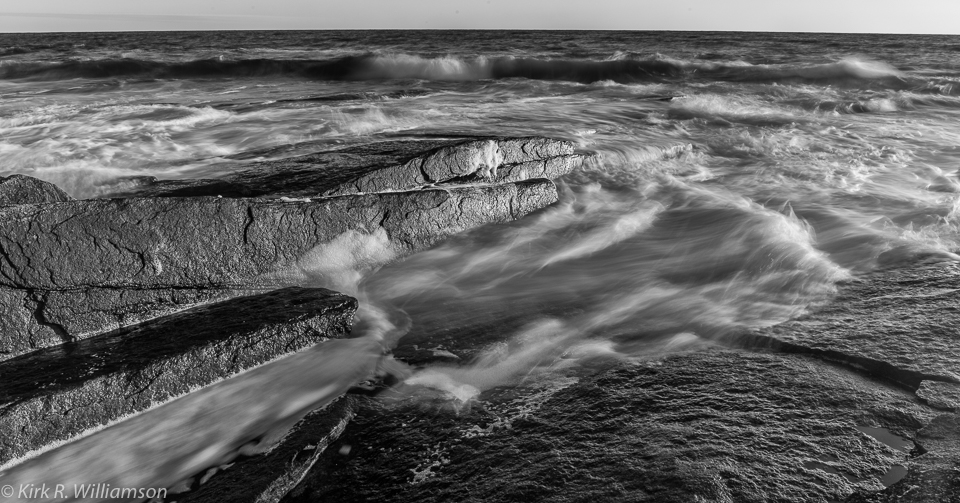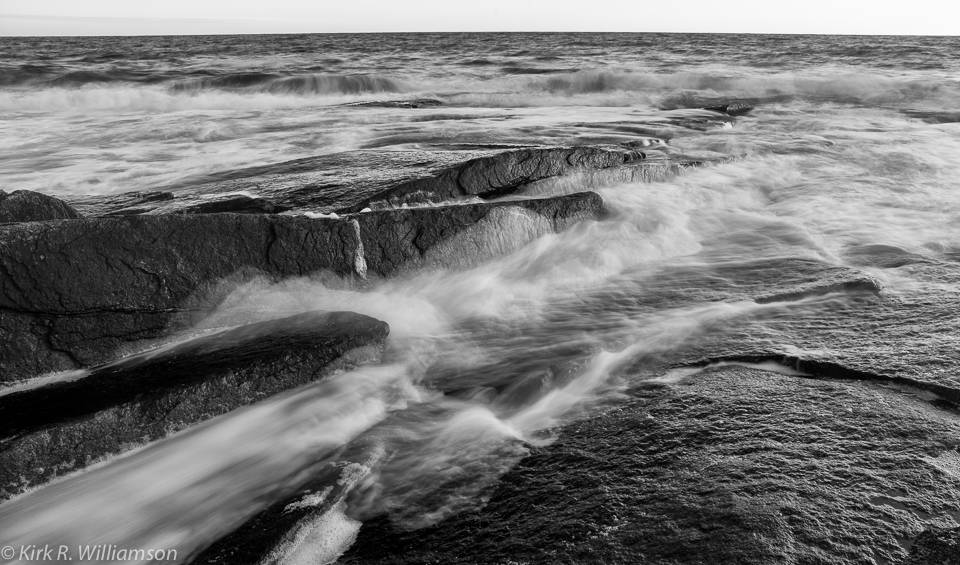We are now back and I am finally getting around to posting the last installment of our trip out to the Oregon coast. We drove back down to Bandon and hoped for a sunset which never happened as the fog rolled in again to seal it’s fate. What a bummer because it was really looking up. But the next morning the fog was minimal and the rock sentinels were sprouting everywhere. I headed down to the beach to make some more images and what I found was awesome.
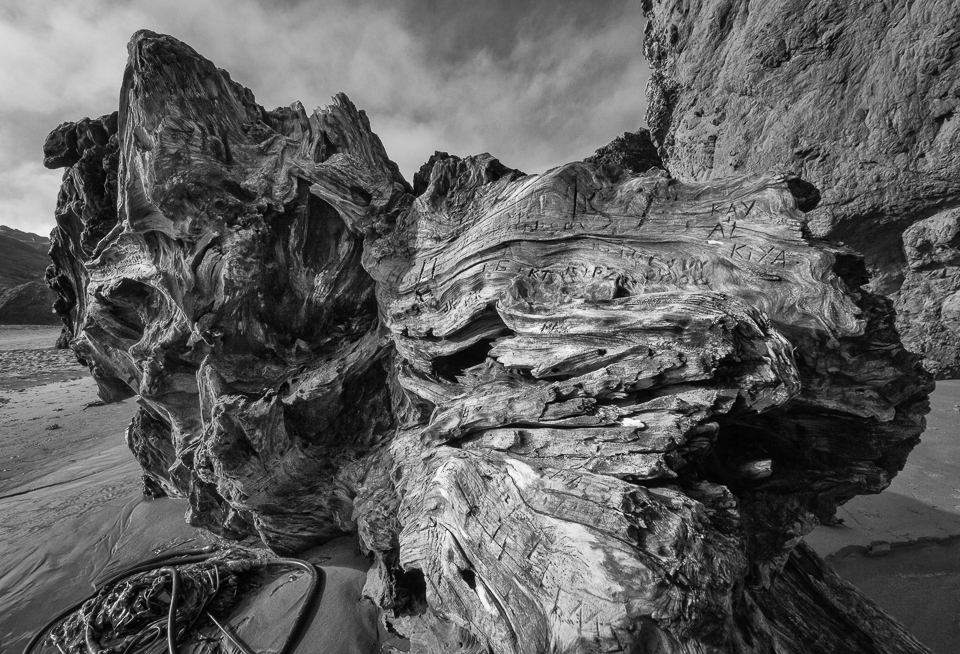
The image below is of the back side of this stump. It looks like part of a whale.
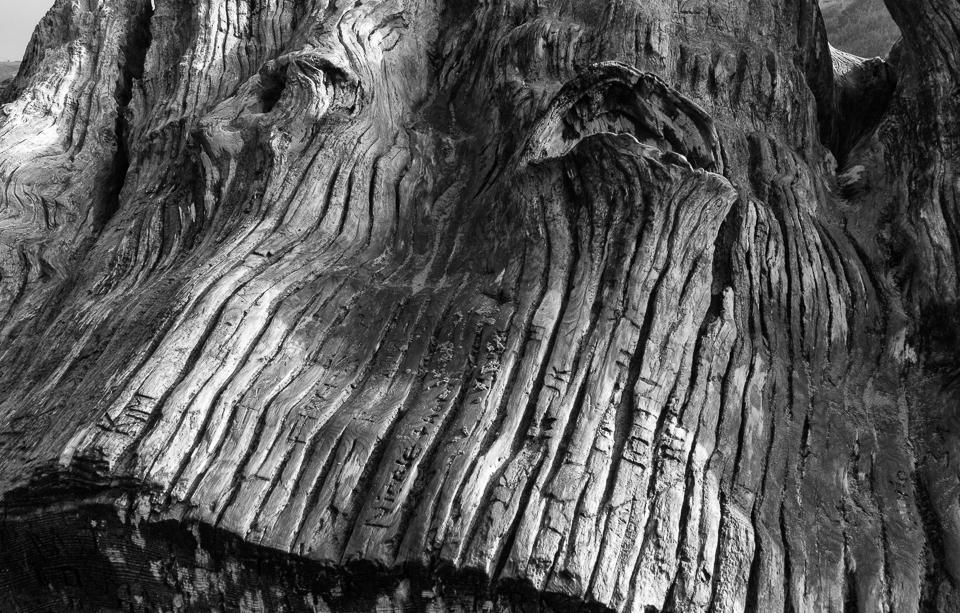
This really cool stump was anchored in place below some 30 ft tall volcanic rock spires. It had initials carved into it probably from eons ago. The ocean has been weathering it for a very long time.
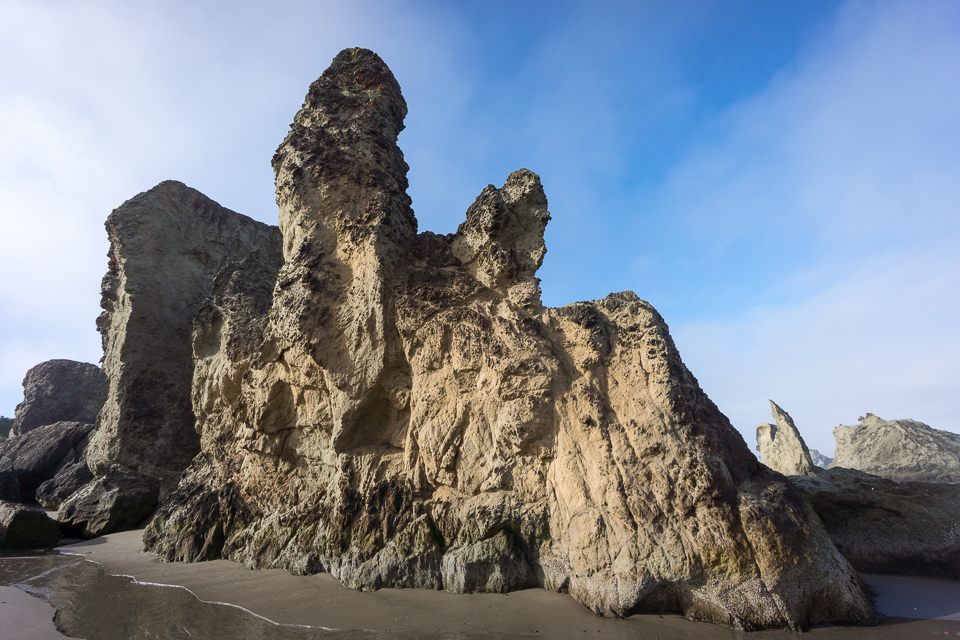
These giant edifices were inspiring to photograph and I hope I get another chance to shoot them in light that has more color to it.
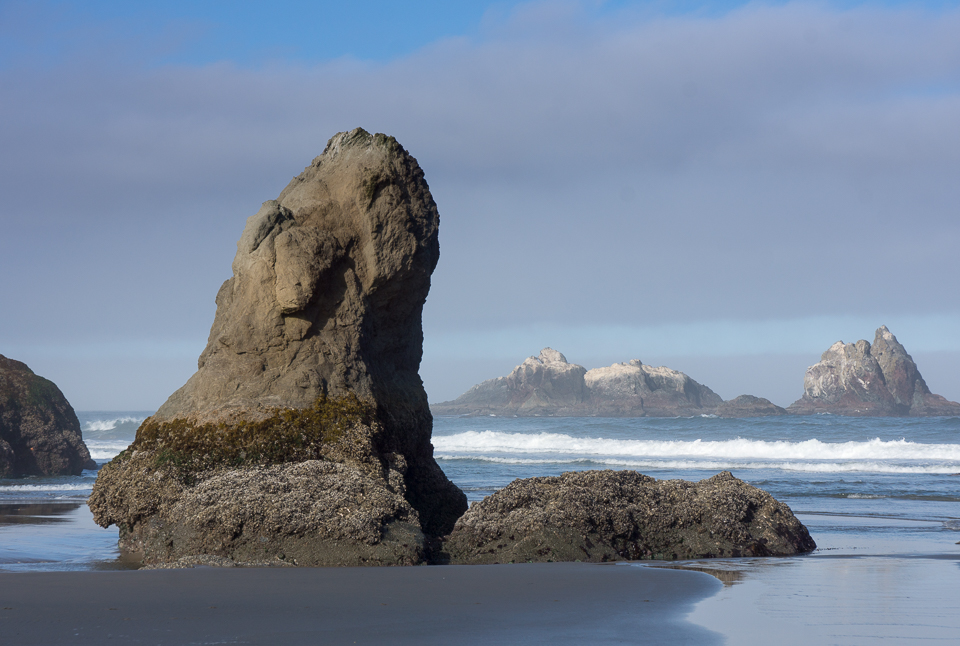
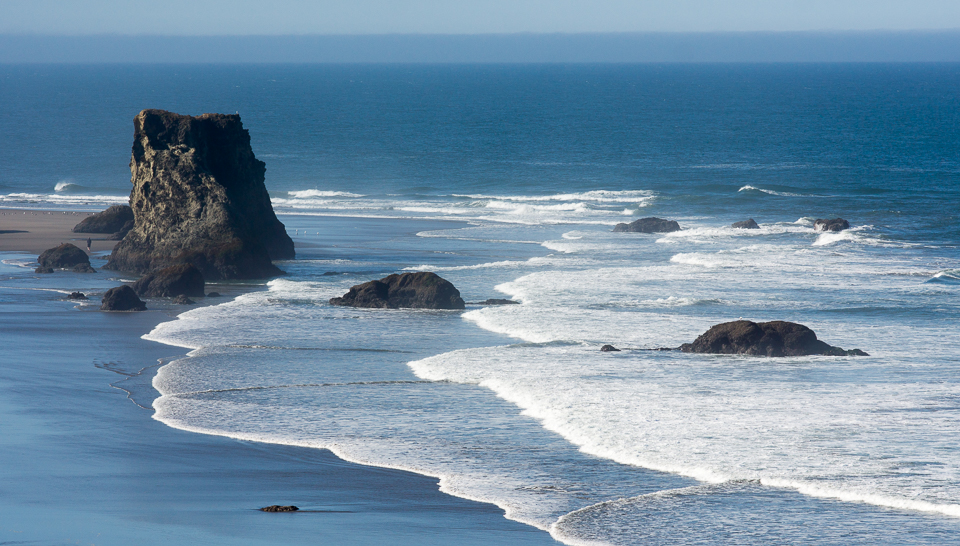
After the light started to rise in the sky it was time to leave and head north again. We stopped along the way to take in the view that we had not seen on the way down. It was truly magnificent. We wanted to stop and see the Heceta Head Light up close but the rest of the family wanted to keep going. So I made do with images of it from far away at the Sea Lion Caves.
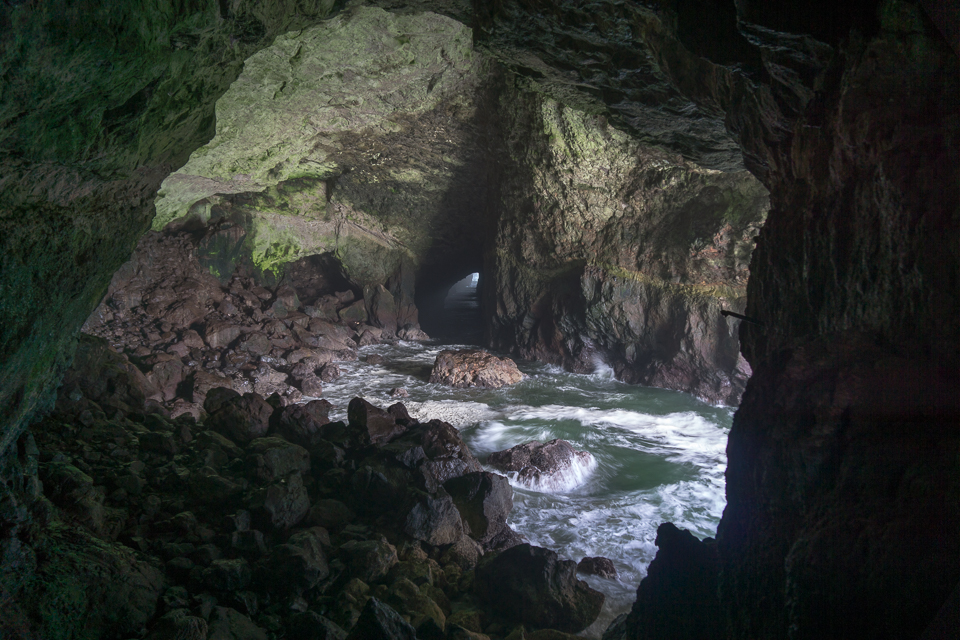
This image was taken 200 ft below the surface but there were no sea lions on the rocks.
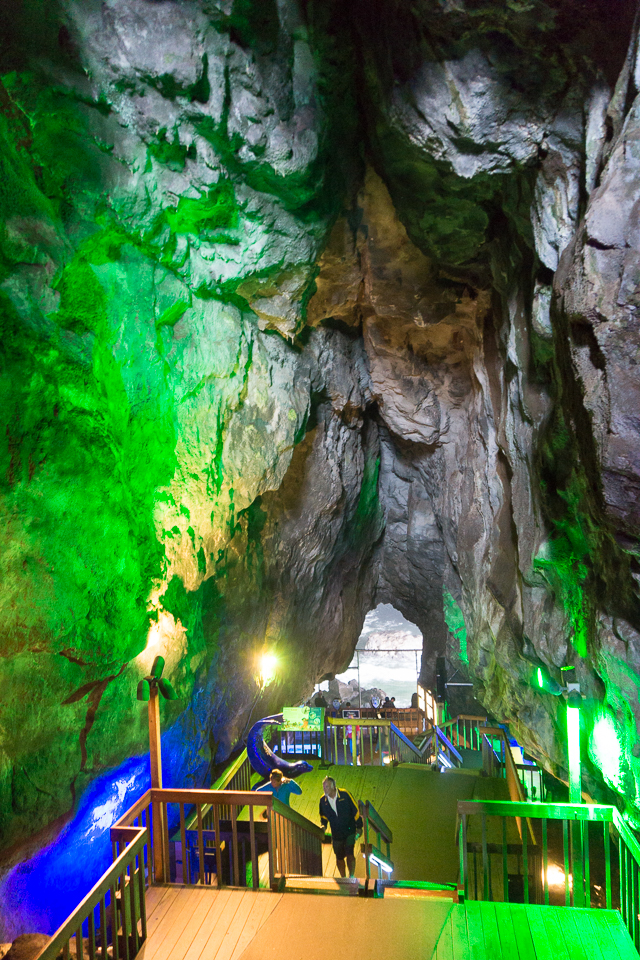
We could however see the Heceta Head Light from the top of these stairs.
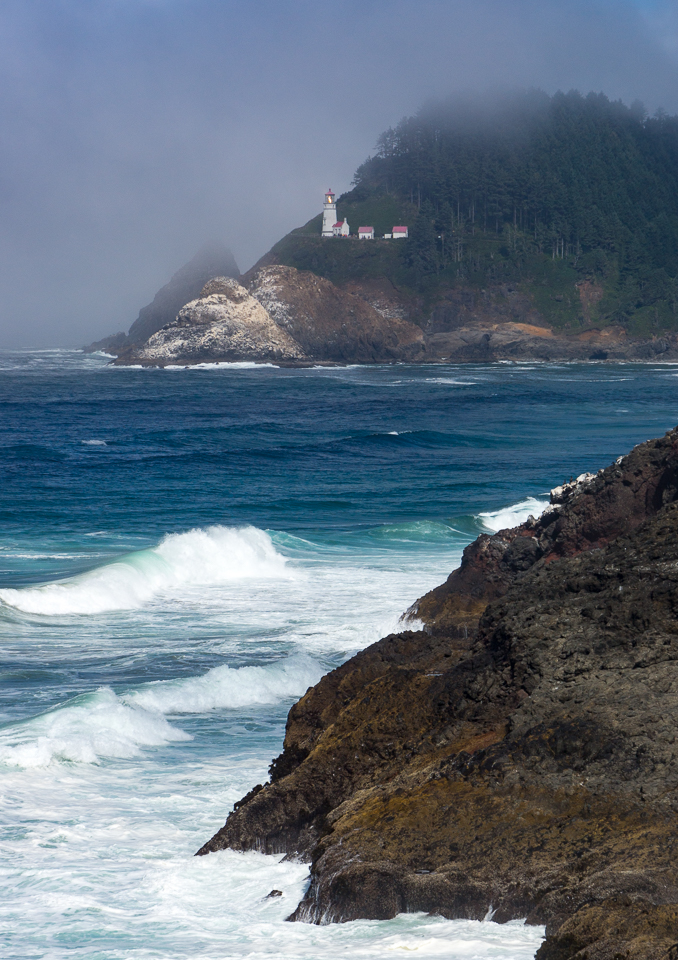
Then again from 200 ft up near the Sea Lion Gift shop.
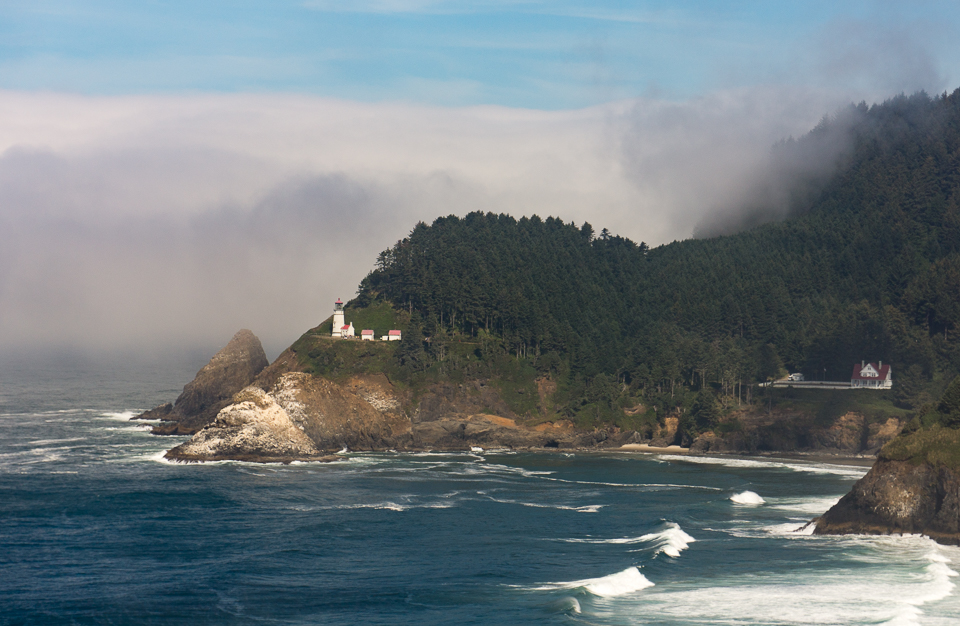
Then as we moved up the coast we saw some incredible scenery from way high up on the bluff overlooking the Pacific Ocean.
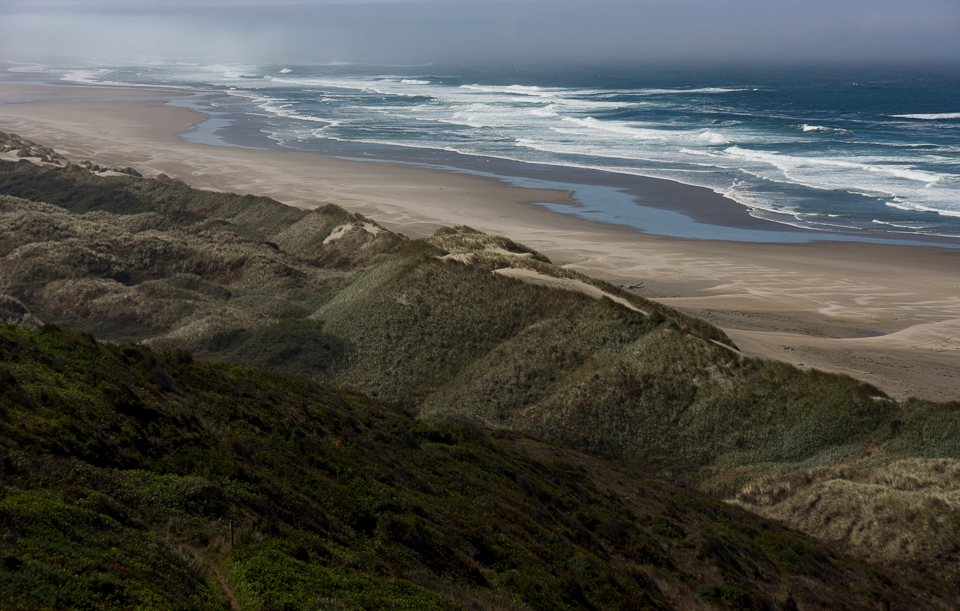
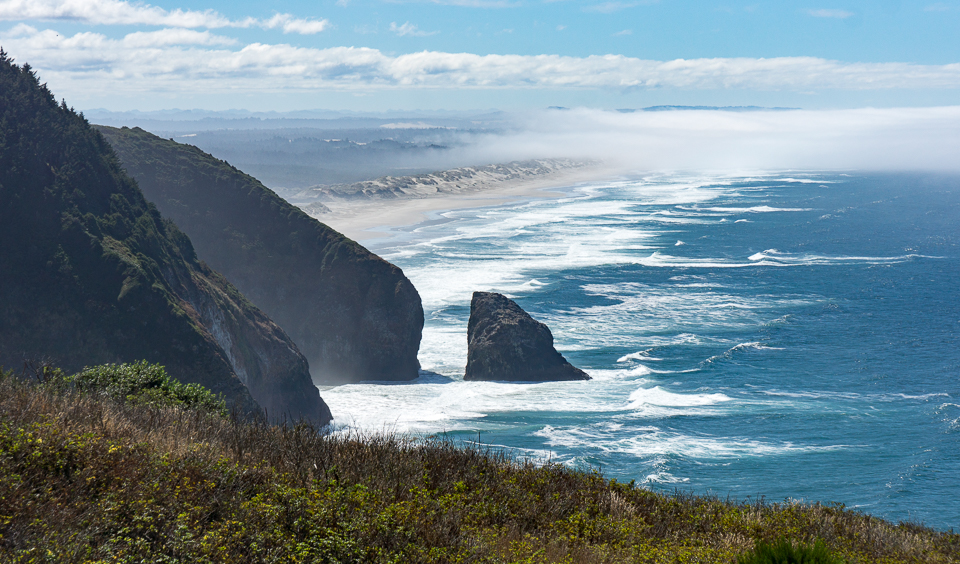
We headed for Cannon Beach and made it in time for dinner and sunset which was truly uninspiring. But I managed a good shot out of it anyway. The shot below is on the more un-photographed side of Haystack Rock. It was nice of this couple to walk by and make the shot for me.
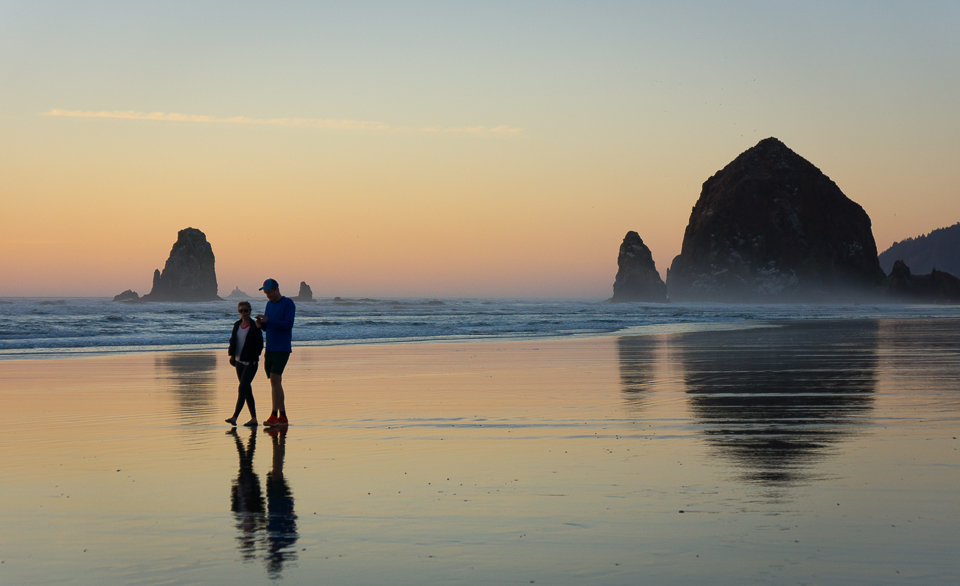
The next morning did not give us much in the way of sunrise type shots so off we went on our journey north. We ran into a familiar site along the way – a traffic jam on Rt. 20 headed toward Boston. Who would have thought. Traffic never changes. Only 3,365 miles to go.
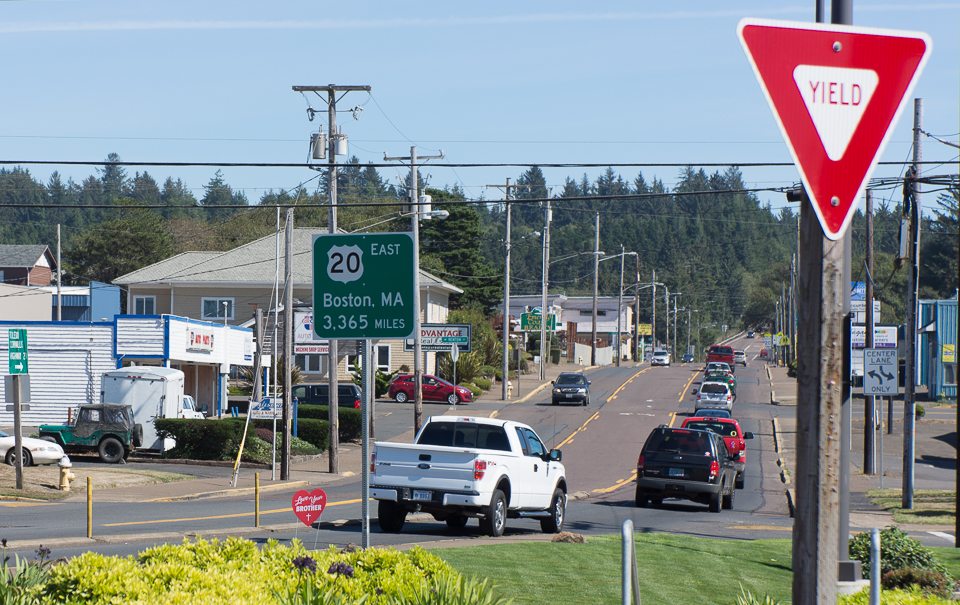
Well that’s it for this years blog post on our annual trip to Oregon. Next year it might be Yosemite, who knows.
